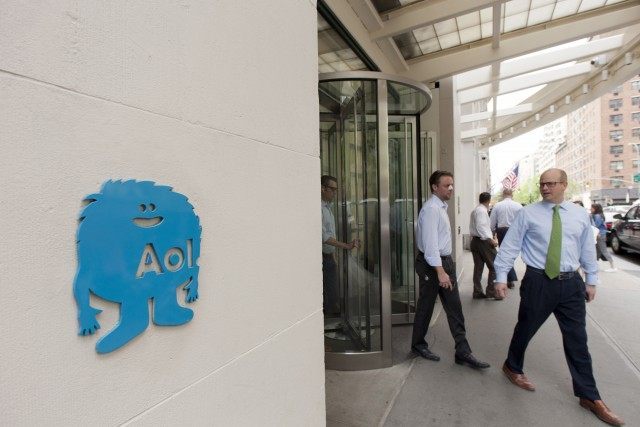Buying AOL, Inc. was a deal Verizon had to make, given that Verizon’s bundled telephone, Internet and pay-TV services seem headed toward serious decline.
Companies with tons of cash and little growth prospects have no choice but to try to buy growth. For companies that combine media and technology, their future is buying or build the type of quality content with which advertisers want to align.
According to Richard Saintvilus of Seeking Alpha, Netflix (NFLX-NASDAQ) has been the model for a media/technology company. Producing original content has made Netflix the king of streaming. With House of Cards, Orange is the New Black, and the new series Daredevil, Netflix has proved that the old cliché “cash is king” has become meaningless, as “content” has become the new king.
Verizon has valuable assets that it cannot use, such as masses of valuable information about its consumers just sitting idle and collecting dust. AOL already has the sophisticated tools that leverage data to assist advertisers in product positioning.
The moment that Net Neutrality passed on a 3-to-2 vote on February 26, Verizon knew they were on the road to becoming just another utility like their predecessor, American Telephone and Telegraph (AT&T), which was broken-up on January 8, 1982.
Having been one of the pieces that were spun off, Verizon was not looking forward to being tightly bound to comply with detailed rules and regulations initiated by the FCC regulatory regime. Buying AOL was Verizon’s best option to avoid that fate.
Coupling their data and AOL’s content, Verizon is positioned to start taking on Facebook (FB-NASDAQ) and Google (GOOG-NASDAQ) directly. Verizon can now package their massive data trove of consumer spending habits and preferences to generate the predictive analysis advertisers want to obtain higher monetization. The opportunity will expand as consumer online activity migrates deeper into the realm of mobile.
The AOL buy-out signals to Wall Street that Verizon has made a decisive change in business focus. The company is stating they want to take a huge piece of the personal data markets that have been Google’s and Facebook’s private goldmine. Although paying $4.4 billion in cash for AOL was panned by Wall Street as too expensive, it makes sense for Verizon, which generated almost $12 billion in free cash flow last year.
AOL has the programmatic ad technology that could also jumpstart monetization of OnCue, which is due for launch in mid-2015. Verizon paid Intel about $500 to acquire the “over-the-top-box” for streaming video last year, in hopes of achieving what is described by most technical observers as “the best Internet television service ever.”
OnCue may be an existential threat to cable companies, whose cable TV bills have risen to an average of $76.08 a month. OnCue is willing to give-away free Internet TV to customers that allow AOL to serve them ads.
Revenue gains from bundled telephone, Internet and pay-TV is already in decline after 20% gains over the last two years. Analysts expect the increase to slow to 3.2% this year and just 1.3% in 2016. That assumes OnCue is not so disruptive that the bundled rates plummet.
Verizon’s quick move to gobble up AOL, after the devastating Net Neutrality vote, is looking good. The company is redefining itself away from low stock multiple rivals like AT&T and Comcast (CMCSA-NASDAQ) to get right in the face of high-stock-multiple Google and Facebook.

COMMENTS
Please let us know if you're having issues with commenting.